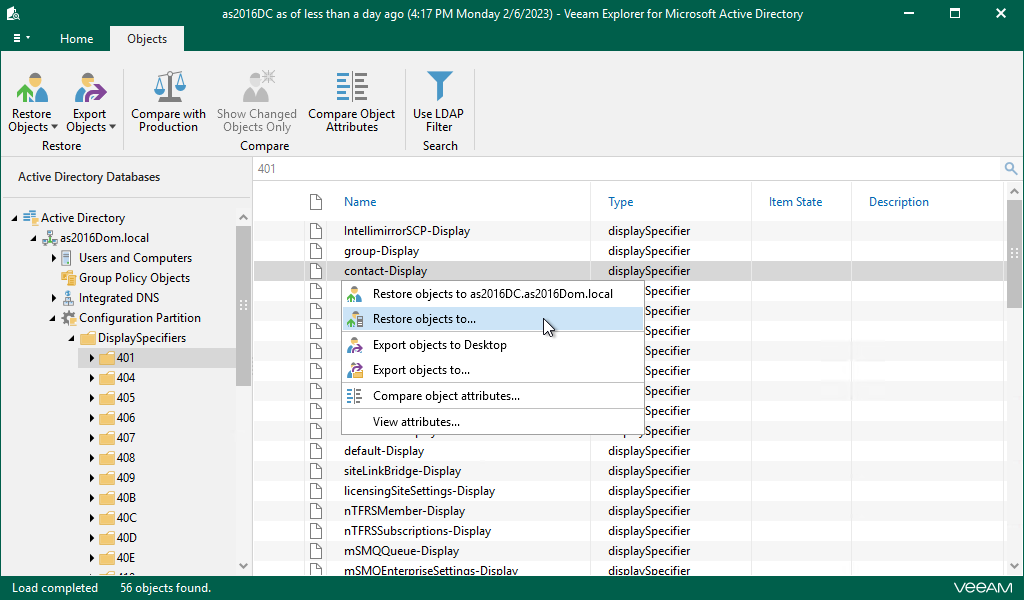A user or computer account from one domain cannot be nested within a global group in another domain.
Active directory security groups global vs universal.
Members must be in the same domain as the group.
A global group can be used to assign permissions for access to resources in any domain.
Some win32 functions make it easier to read the tggau attribute.
Universal groups accept user computer accounts from any domain.
Some applications have features that read the token groups global and universal tggau attribute on user account objects or on computer account objects in active directory domain services.
The difference between domain local and global groups is that user accounts global groups and universal groups from any domain can be added to a domain local group.
The global scope can contain user accounts and global groups from the same domain and can be a member of universal and domain local groups in any domain.
Universal security groups are most often used to assign permissions to related resources in multiple domains.
A global group can also be nested within a universal group from any domain.
Typically organizations using wans should use universal.
Because of its limited scope however members can only be assigned permissions within the domain in which this group is created.
Members can be from any domain in the forest.
Permissions can be assigned in any domain.
Members from any domain may be added.
Universal groups ug global groups gg and domain local groups dlg.
Members from any domain may be added.
Permissions can be assigned to anywhere in the forest.
Also you can use a universal group to assign permissions for access to resources in.
Universal groups are stored in the global catalog and if you changed them let s say by adding a member the whole group was replicated across your active directory basically all the members were sent over the line to all global catalog servers because a group s memberships are stored as an attribute value in its members.
I asked around poked around the web and found that nobody is really.
I had been demonstrating how to manage the creation and automation of active directory security groups and distribution lists for months before i realized that i had no idea what the differences were between the three types of active directory groups.
Universal security groups are most often used to assign permissions to related resources in multiple domains.
A universal group can be nested within another universal group or domain local group in any domain.
Member permissions can be assigned only within the same domain as the parent domain local group.
User accounts from the same domain as the parent global group.
Here is a broad description of the various scopes of active directory groups.

